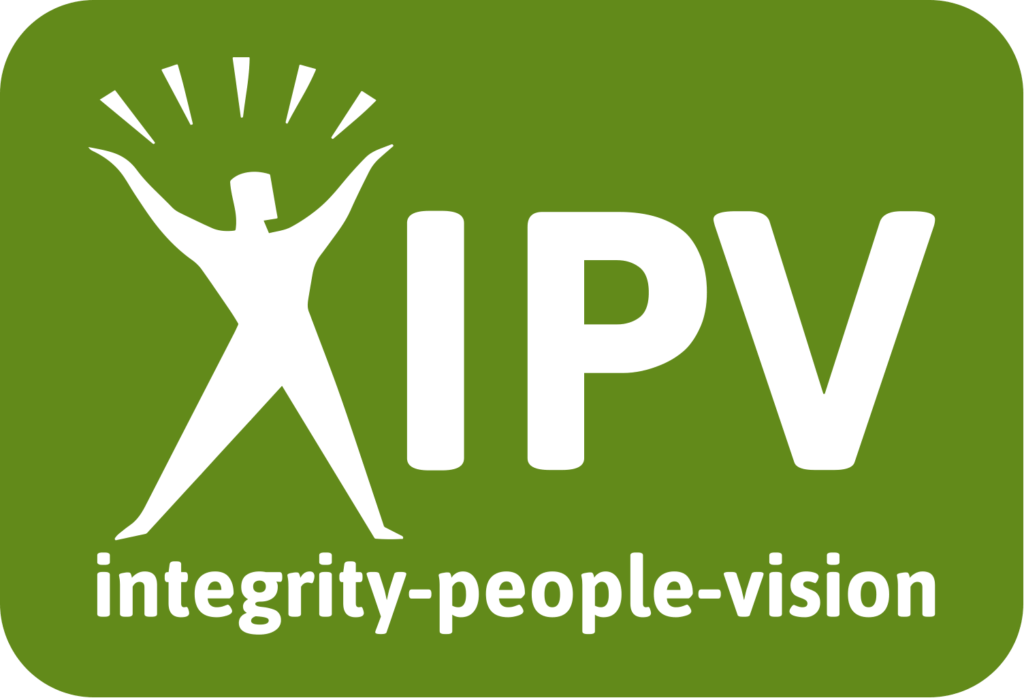What do you do when faced with an irate customer, an intense discussion with the boss, an unexpected confrontation or even a job interview? For all of us, the idea of communicating under pressure is never something we look forward to and often, just the idea of it can be a major stress-or in our lives.
The following 5 hacks may help you improve and maintain control of your own response while keeping you cognitively alert and empowering you to withhold reactions you may regret.
HACK #1 – LISTEN TO LEARN
Don’t miss out on the most important step to powerful and resilient communication. Pay attention and listen to learn what is actually being communicated. Ask yourself these three questions:
Is this intended as an attack?
Is this a legitimate request?
Is this a test?
When you really listen and process what is being spoken, often you will find that you are not necessarily the intended target but rather the party who can potentially solve their dilemma. It just may be nothing more than a demonstration of someone who has lost control of their own emotions. In all cases, it is vital that you dissect and maintain your own emotions.
HACK #2 – ALTER YOUR PHYSIOLOGY
The reason stress balls and other products like these sell is because they really do work. When we clench and release our muscles, what happens is a release of oxytocin which improves cognitive response and triggers a “calming effect.”
When an escalated conversation is ensuing or you know you will be facing one, clench and release invisible muscles such as your thighs, fists, toes and buttocks. You can also create the same effect by discreetly taking in 3 deep breaths.
HACK #3 – STALL
Sometimes when placed in a high pressure or stressful situation, we really don’t know how to respond or we may be afraid to. In either case, stalling can not only buy us some time to calm ourselves and think about how to answer but it can even potentially calm the person who is verbally assaulting or grilling us for answers. Here are 5 stalling hacks:
1) Kindly ask them to repeat the question or concern
2) Repeat what was spoken back to them, acknowledging what was said
3) Politely ask them to break it down for you so you can better understand what is being communicated
4) Ask them for clarification to ensure you are understanding them and are able to offer a correct response
5) Remain silent with a thinking face. Stop for a moment and appear as though you are thinking in order to buy more time and create a pause for reflection on both sides.
HACK #4 – PREP AND REHEARSE
Whenever possible, preparing and rehearsing how we will respond can increase our resolve and/or confidence as well as empower us to deliver more effectively despite how we may be feeling internally.
Here are 4 hacks to set you up for a solid response:
1) Predict and Solve – Think through the entire conversation which could take place and predict what will be spoken solving all issues in advance to prepare for anything that may come up.
2) Brainstorm Potential Powder Kegs – Consider potential issues that could take you off guard or blow up in your face. Prepare your response carefully with facts, statistics, solutions and/or humility to ensure you are not blind-sided at any point.
3) Answer the “Why’s” – Inevitably, you will be faced with “why’s.” Place yourself in the shoes of the other party and determine what inquiries they may derive. Take time to do the research and develop the right responses.
4) Rehearse HOW you will present – Sometimes it’s not the content but the tone and delivery that can take you down the wrong road. Stand in front of the mirror or someone who will be honest with you and pay attention to your gestures, stance, vocal tones and facial expressions. Is your communication aligning with your body language?
HACK #5 – Know when to STOP
Sometimes, no matter how much we may prepare or respond, we are unable to gain common ground with the situation we are trying to de-escalate. In these cases, we will need to be discerning and wise enough to know when to find a tactful way to postpone or end the conversation.
The major factor with this situation is to refuse to get caught up in the emotional vortex.
Finally, if things are spinning out of control despite your efforts, we should get help or walk away.
Communication is an ongoing practice. The important thing is that we practice in the right way.
Excerpt from Keynote Address: “Communication with Power & Resilience” – Michelle L Steffes, CPS, CPLC





